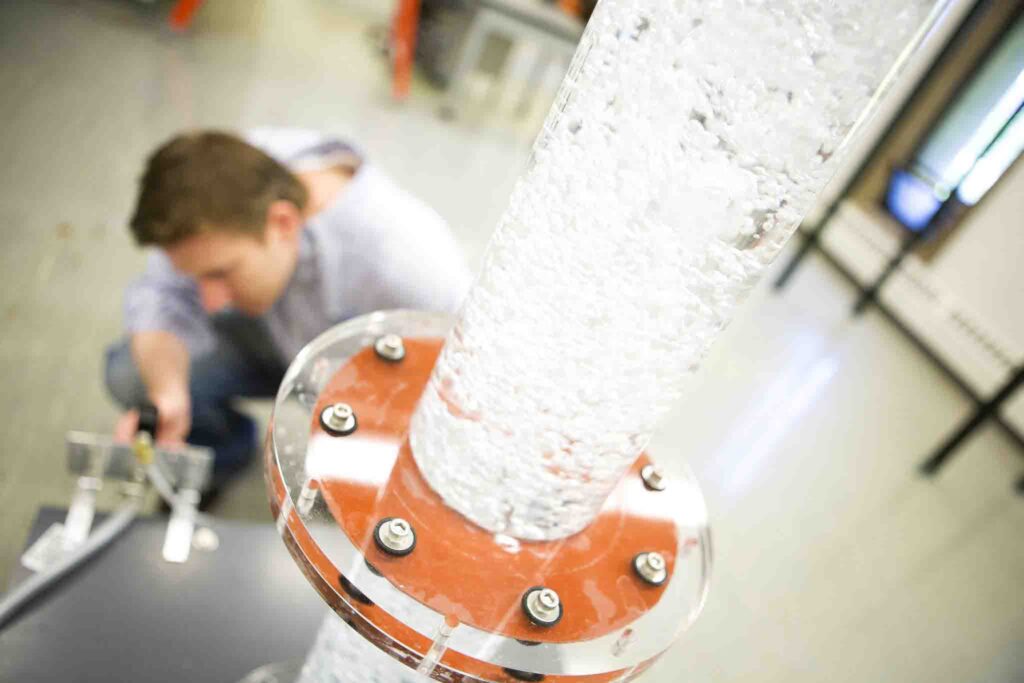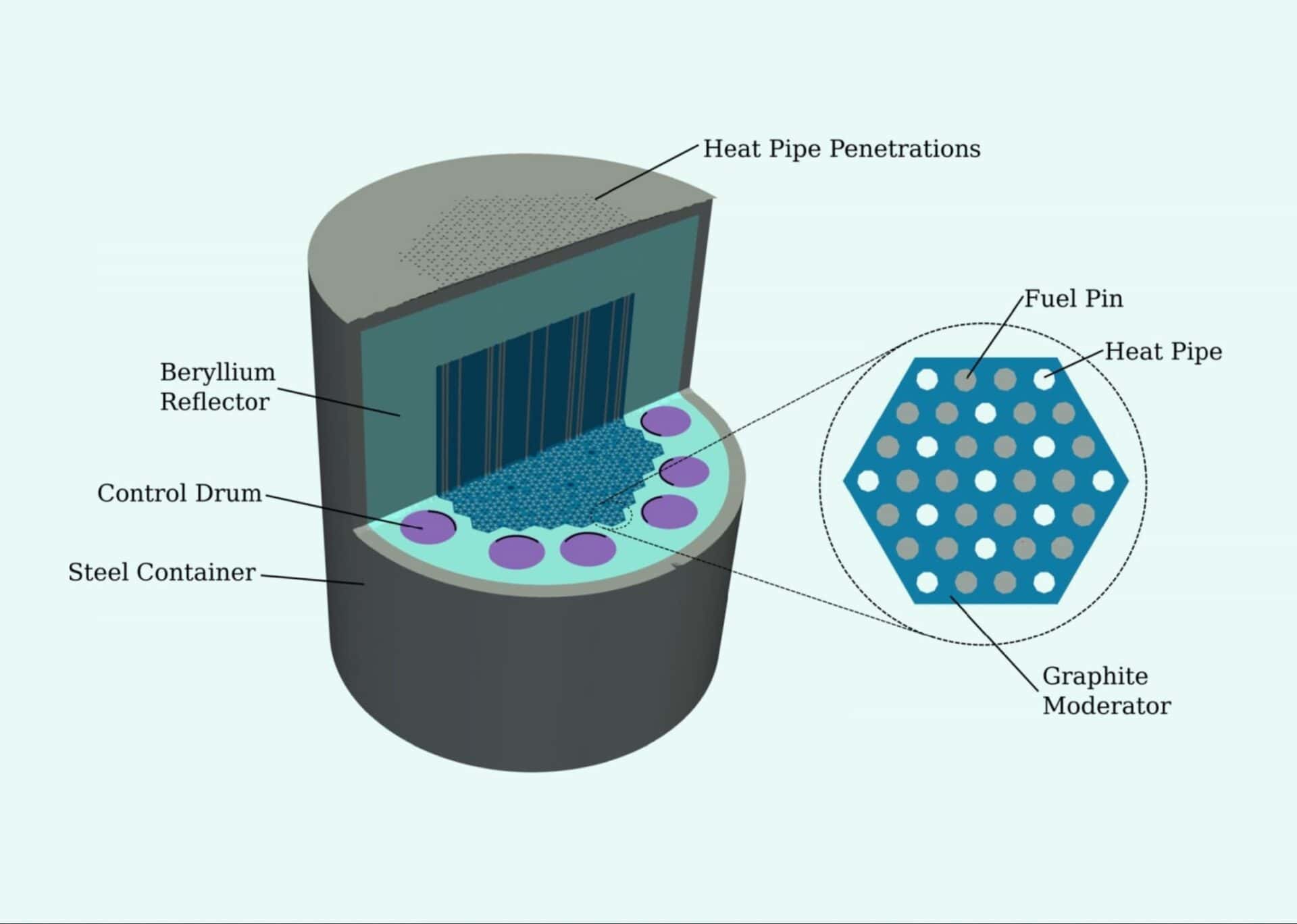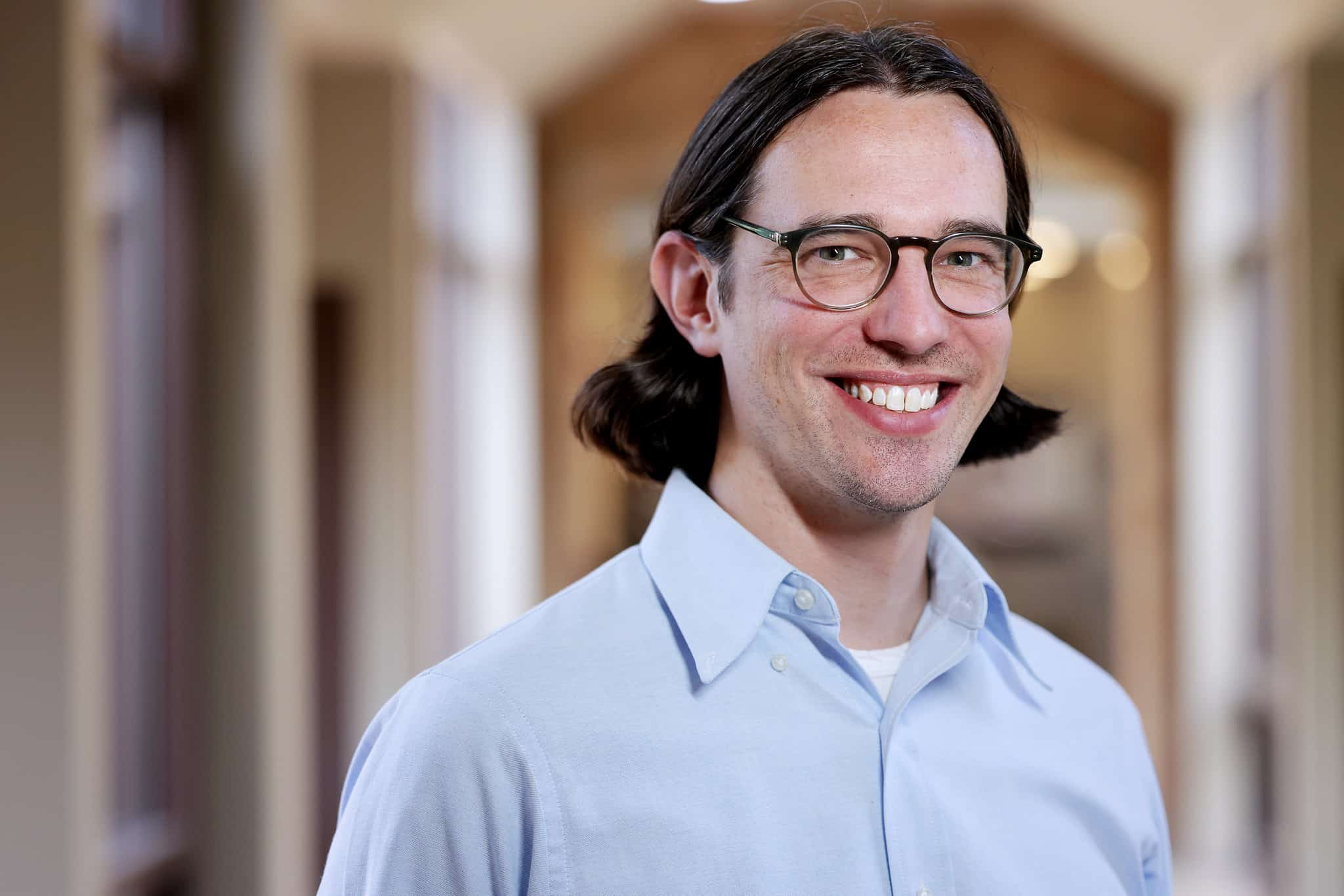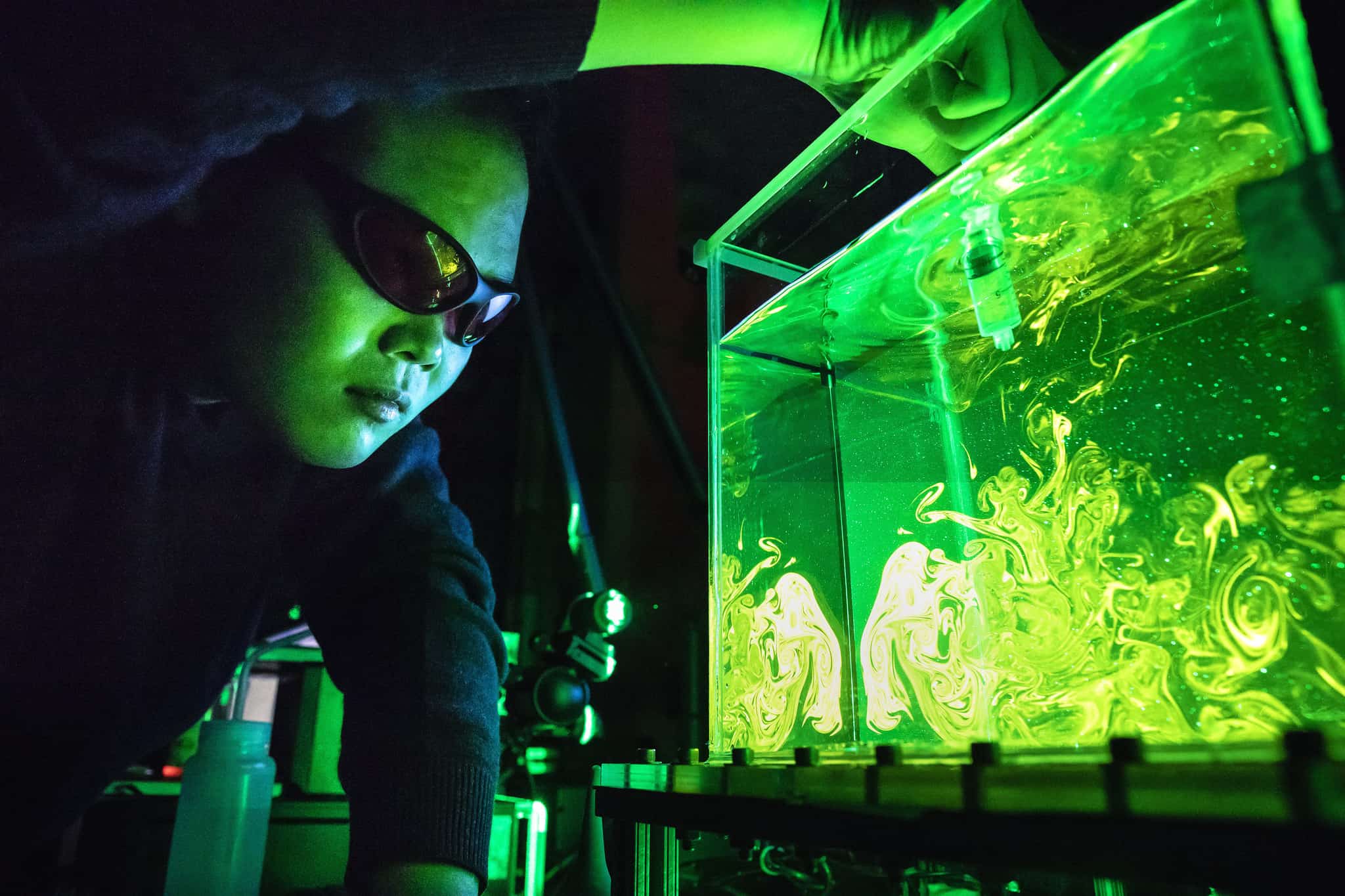
Fission Systems & Radiation Transport
Understanding the way that atomic nuclei split and how radiation moves through materials is crucial to nuclear power and nuclear nonproliferation.
Radiation transport and fission systems engineering encompass the broad scientific fields relevant to the application of fission for energy production and to the study and application of radiation interactions and radiation transport through matter.
Included are the areas of nuclear reactor theory such as neutron transport, thermal hydraulics, fuel cycle analysis, reactor kinetics, diagnostics, control, and optimization. Significant effort is devoted to computational simulations of these processes and to applications of these simulations in overlapping areas such as radiation protection, radiation cancer therapy, radiation-hydrodynamics, kinetic theory, and general computational physics.
Faculty
-
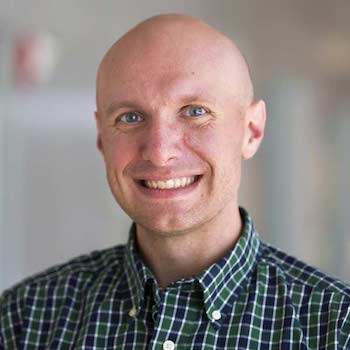
Brian Kiedrowski
-
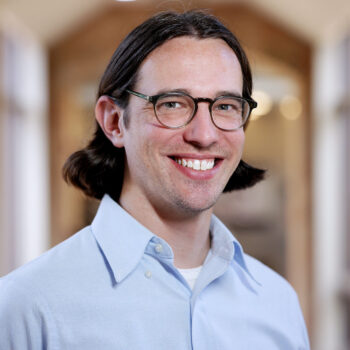
Brendan Kochunas
-
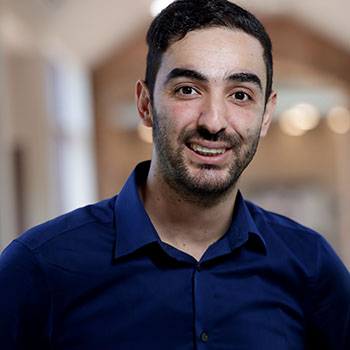
Majdi Radaideh (RAD)
-
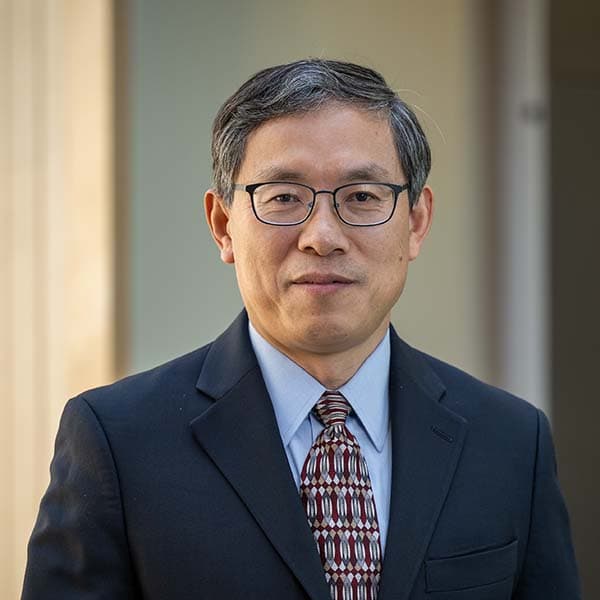
Xiaodong Sun
-
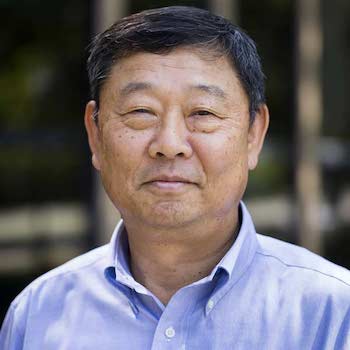
Won Sik Yang
-
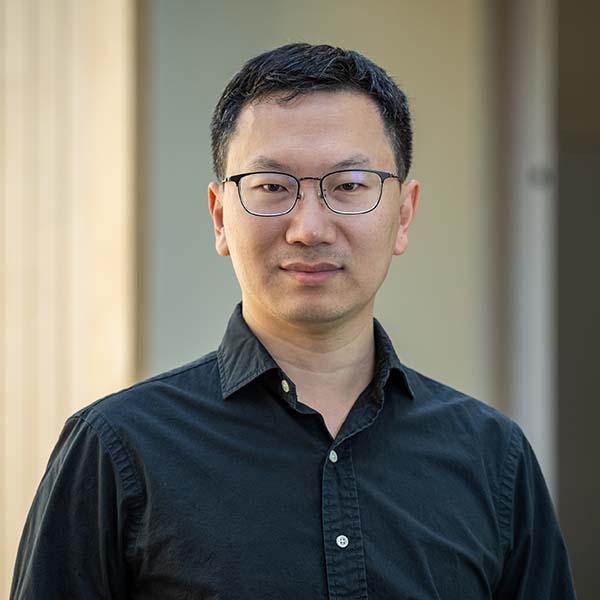
Y Z
-
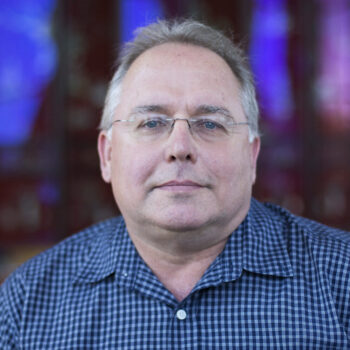
Alex Bielajew
-
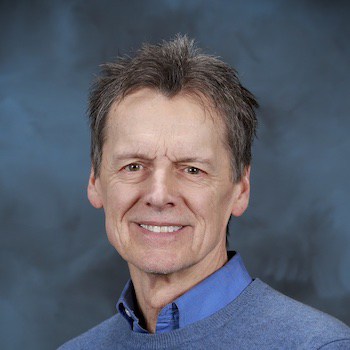
Thomas Downar
-
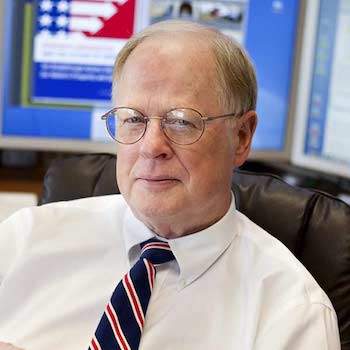
James Duderstadt
-
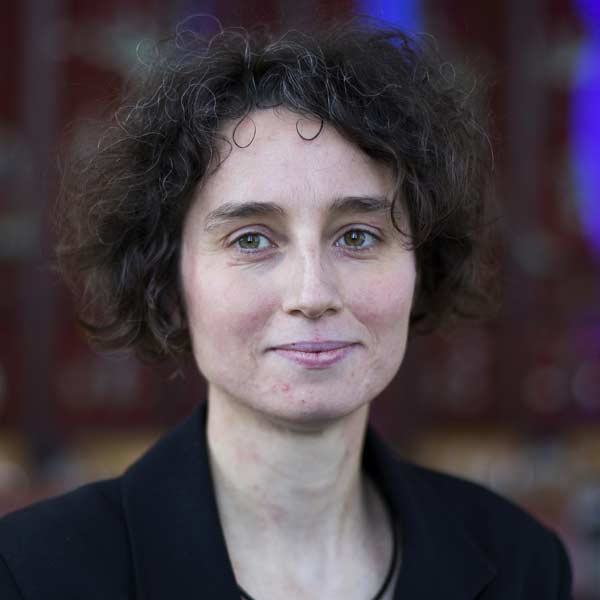
Annalisa Manera
-
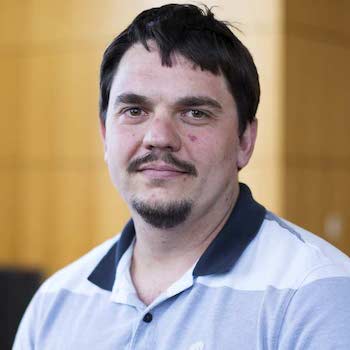
Victor Petrov
-
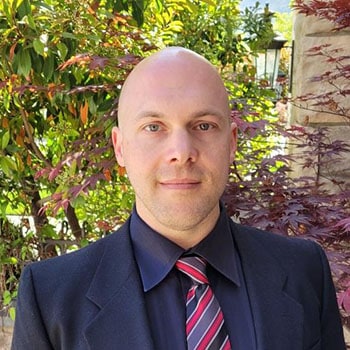
Adam Burak
-
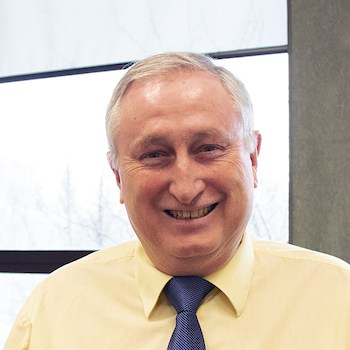
Dale Lancaster
-
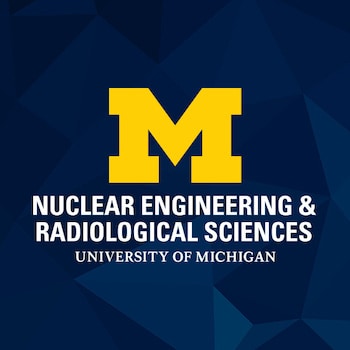
Forrest Brown
-

Imre Pázsit
-
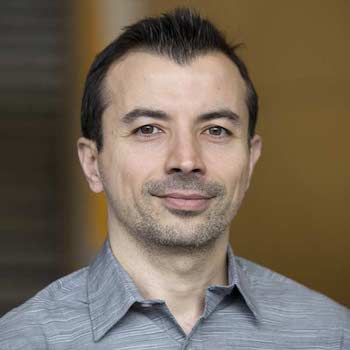
Volkan Seker
-
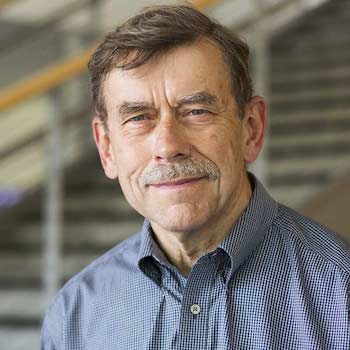
William R. Martin
-
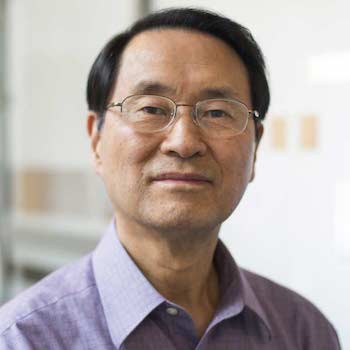
John Lee
-
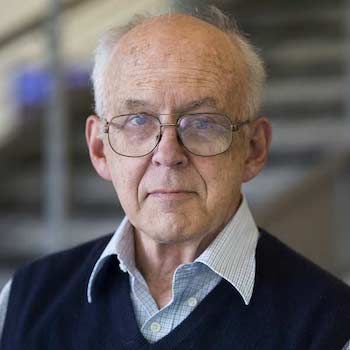
Edward Larsen
-
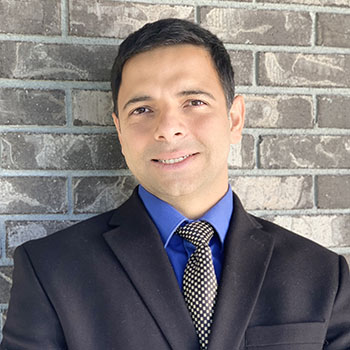
Piyush Sabharwall
-

Sola Talabi
-

Rui Hu
-
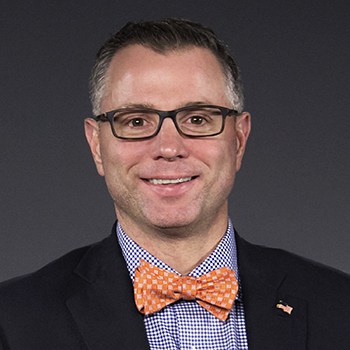
Jonathan Cirtain
Labs & Groups
| Artificial Intelligence and Multiphysics Simulations (AIMS) Laboratory (Prof. Majdi Radaideh, RAD) |
| Experimental and Computational Multiphase Flow Laboratory (Prof. Annalisa Manera) |
| High Resolution TH Imaging Laboratory (Prof. Annalisa Manera) |
| Nuclear Plant Simulation Laboratory (Prof. John Lee and Prof. Brendan Kochunas) |
| Nuclear Reactor Analysis and Methods Group (Prof. Thomas Downar and Prof. Brendan Kochunas) |
| Nuclear Reactor Design and Simulation Laboratory (Prof. Won Sik Yang) |
| Thermal Hydraulics Laboratory (Prof. Xiaodong Sun) |
| University of Michigan Computational Particle Transport Team (Prof. Brian Kiedrowski) |
NEWS
Select Research Projects
Thermal Hydraulics of Nuclear Reactors
Lead: Prof. Annalisa Manera
- Development of a capability for predictive maintenance and flexible operation of nuclear power plants (DOE ARPA-E)
- Development of multi-scale, multi-physics computational tools er models for the simulations of nuclear systems investigation (DOE/US NRC)
- High-resolution experiments for the validation of Computational Fluid Dynamics (CFD) codes and for gaining more insight in single-phase and two-phase flow phenomena of interest for nuclear power plants applications (DOE/US NRC/EPRI)
- Experimental investigations of the behavior of microreactors sodium heat pipes (DOE/US NRC)
- Void-fractions distribution in fuel bundles using gamma-tomography (US NRC)
- Two-phase flow regimes in helical coils, using high-speed radiography (DOE)
- Imaging of two-phase flows in post-CHF conditions at high pressure using high-speed radiography (US NRC)
- Experimental and computational investigations of thermal fatigue in isolated branch lines of LWRs (EPRI)
- Experimental investigations of accident scenarios in high-temperature gas reactors (DOE)
- Development and application of advanced instrumentation for high-resolution measurements (high-resolution gamma-tomography, high-speed X-ray radiography, refractive-index matching techniques for PIV, wire-mesh sensors, fiber optic sensors)
Hammer Transport Framework
Lead: Prof. Brian Kiedrowski
The UMCPT Team is developing its own particle transport capability that supports multigroup and continuous-energy Monte Carlo as well as discrete ordinates (SN) calculations to enable rapid prototyping of methods. One major emphasis right now is the development of the next generation of hybrid deterministic-Monte Carlo transport methods to accelerate particle transport calculations to support research being performed by the Consortium for Monitoring, Technology, and Verification. As the project matures, the plan is to open-source the code.
Improvement and Verification and Validation Test of Modeling and Simulation Capabilities of Griffin
Lead: Prof. Won Sik Yang
The Griffin code is the integrated nuclear reactor physics code for advanced nuclear reactor applications, which is being developed by the ANL and INL Griffin development team based on the ANL/INL physics codes (PROTEUS suite and Mammoth/Rattlesnake) under the DOE-NE NEAMS program. The objectives of this project are (1) to support the ANL team to implement the key capabilities of PROTEUS to Griffin and to improve their performances on the MOOSE framework, (2) to improve the cross-section generation capabilities for advanced reactor applications, including capabilities of modeling TRISO particle fuels, (3) to develop CMFD acceleration schemes for 3D irregular geometry meshes, (4) to improve multi-physics simulation capabilities of Griffin for non-LWR applications including SFR, MSR, HTR, and microreactors, and (5) to support developing and performing verification and validation tests.
Double-heterogeneity Modeling Capability of SCALE-Polaris to Generate Few-group Nodal Cross Sections for Particulate Fuels
Lead: Prof. Won Sik Yang
The objective of this project is to develop resonance self-shielding and transport calculation methods for prismatic block and pebble type high-temperature gas-cooled reactor analysis and to implement the methods into the SCALE-Polaris code in collaboration with the SCALE XSProc and Polaris teams at Oak Ridge National Laboratories. SCALE-Polaris is the NRC transport code that prepares few group nodal cross sections for the NRC core simulator PARCS. This research focuses on developing an accurate and efficient method to generate multi-group cross-sections of TRISO particulate fuels by combining the Sanchez-Pomraning method for double heterogeneity treatment, and the embedded self-shielding method for resonance self-shielding, and the Dancoff based one-dimensional cylindrical cell model for efficient transport calculation.
Development of Neutronics Analysis Methods for Coupled Fast-Thermal Reactor Analysis
Lead: Prof. Won Sik Yang
The objective of this research is to develop an efficient analysis code system for coupled fast-thermal reactor or accelerator-driven subcritical systems, which are recently regaining interest, but legacy analysis tools tailored for either fast or thermal system analysis are not directly applicable to. A new computational procedure is being developed by adding thermal system analysis capabilities in the fast reactor analysis codes of Argonne National Laboratory. The variational nodal transport code VARIANT has been modified to introduce the partial current discontinuity factors (PCDFs) in order to reduce assembly homogenization errors in the thermal zone. The fast reactor fuel cycle analysis code REBUS has been updated to use burnup and temperature-dependent microscopic cross-sections. A thermal-hydraulics module is being added for thermal feedback calculations. A computational procedure to generate homogenized multigroup cross-sections and PCDFs is being developed.
Evaluation of Semi-Autonomous Passive Control Systems for HTGR Type Special Purpose Reactors
Lead: Prof. Brendan Kochunas
Researchers will investigate the use of variable flow controllers and a variable reflector as passive or semi-autonomous reactivity control mechanisms for multi-module HTGR type special purpose reactors. This applies to the commercially developed special-purpose reactor concepts from HolosGen. The incorporation of these systems will reduce the movable parts count and enable a more robust load to follow capabilities over broader power ranges and local and global reactivity control. (In collaboration with Victor Petrov, Nicolas Stauff, and Changho Lee at Argonne National Laboratory, and Claudio Filippone and Alan Wells at Holosgen, LLC.)
Process Constrained Data Analytics for Sensor Assignment and Calibration
Lead: Prof. Brendan Kochunas
This project will develop and demonstrate data-analytic methods to address the problem of how to assign a sensor set in a nuclear facility such that 1) a requisite level of process monitoring capability is realized, and in turn, 2) the sensor set is sufficiently rich to allow analytics to determine the status of the individual sensors with respect to their need for calibration. This approach will allow for automated calibration status, avoiding unneeded calibration activities in the facility. (In collaboration with Richard Vilim (PI) at Argonne National Laboratory and Marc Anderson at Xcel Energy.)
Quantum Computing Algorithms for Deterministic Neutron Transport
Lead: Prof. Brian Kiedrowski
This DOE NEUP Research and Development Project will develop algorithms for solving the k-eigenvalue form of the neutron transport equation in a nuclear reactor physics context on a quantum computer. The asymptotic scaling of the algorithms will be analyzed. Investigation into implementation will be made by making resource estimates by synthesizing explicit circuits for the algorithms and be studied by emulation on a classical computer.
GET INVOLVED
We believe that engaging in research as an undergraduate student is a very important part of the NERS experience, and many of our third- and fourth-year undergraduate students are actively involved and have co-authored papers in scientific journals.
